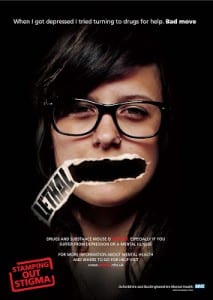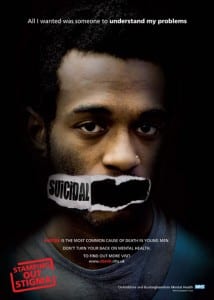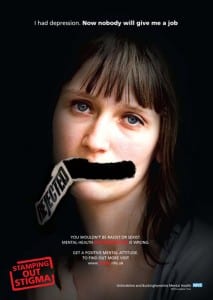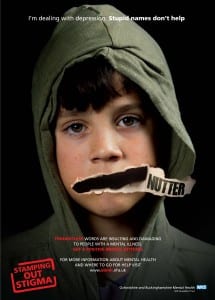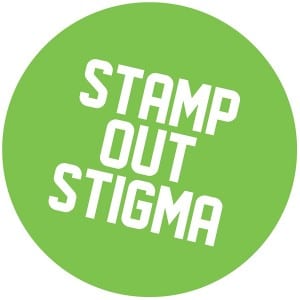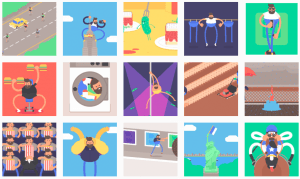In order to plan my budget correctly, I researched into the key elements of finance and how broke down what I would need and how much each cost would be.
Direct Costs:
Creative Cloud package – For all apps on a monthly plan it is £68.60 a month – https://creative.adobe.com/plans?plan=edu&store_code=gb. I would choose this plan because I don’t plan on having it for a year, so by choosing this option I can opt out when I want.
Travel – I would have travel expenses when the marketing team will travel around different areas and to schools. However, I am not including car or insurance expenses in this as my employees should already own a car. To work out an estimate of how much it would cost, I used a fuel calculator site – http://www.fuel-economy.co.uk/calc.html.
Recording equipment to use to do the voice over for the video – I found a site that offers a daily rate of £6 to hire out a microphone – http://www.livesystems.co.uk/hire/sound-equipment/microphones.
Indirect Costs:
Graphic Designers (x2) – I will need a team of two graphic designers (one being myself) that will produce the animation video. They will be needed for approximately 2 months. I found a site that calculates the median for a graphic designers hourly wage which is £10 an hour – http://www.payscale.com/research/UK/Job=Graphic_Designer/Salary.
Marketing team (x2) – There will be a team of two marketers who will have a contract for 12 months, and throughout the year will visit different areas promoting the project, and keeping up to date over social media sites. The median for a marketing managers hourly wage is £10 – http://www.payscale.com/research/UK/Job=Marketing_Manager/Salary
Other Costs:
Posters and flyers – I looked on VistaPrint to find the cost of size A4 posters and size A5 flyers. They sold in batches, and I decided to go for a batch of 500, which should cover the amount for a year.
A4 posters – £44.99 – http://www.vistaprint.co.uk/custom-flyers.aspx?txi=16907&xnid=TopNav_Flyers++(linked+item)_Marketing+Materials&xnav=TopNav
A5 flyers – £23.99 – http://www.vistaprint.co.uk/custom-flyers.aspx?txi=16907&xnid=TopNav_Flyers++(linked+item)_Marketing+Materials&xnav=TopNav
Advertising on social media – I looked at how much advertising would cost on Facebook and you can choose your own daily budget, which calculates how much advertising time and space you will get. I opted for the minimum charge which was £5 a day. I will do this for 6 months, however this could change and so could the budget.
Contingency Costs:
Freelance outsourcing – This is a contingency cost just incase we need to get someone in to help with the project. A guest lecturer came in and spoke about his freelance career as a animator and visual effects designer. He mentioned an average freelancer daily rate is £275 (depending on level of experience) so I will base my calculations on this estimate.

